In 2018, NIWA, in collaboration with Nelson City Council, Greater Wellington Regional Council (GWRC), Auckland Council (AC) and Northland Regional Council (NRC) developed a series of instructional videos covering:
- An overview of the Stream Health Monitoring and Assessment Kit (SHMAK), including its components and its core applications for water monitoring,
- Correct procedures for carrying out the measurements for each component of the SHMAK, including health and safety around rivers and streams, collection of water samples, measurement of visual water clarity, observations of periphyton cover, collection of macroinvertebrate samples, and assessments of stream habitat quality.
The videos were funded by an Envirolink Large Advice Grant (1911-NLCC103) with additional funding provided by Greater Wellington Regional Council (GWRC) and Wellington City Council (WCC).
SHMAK videos
-
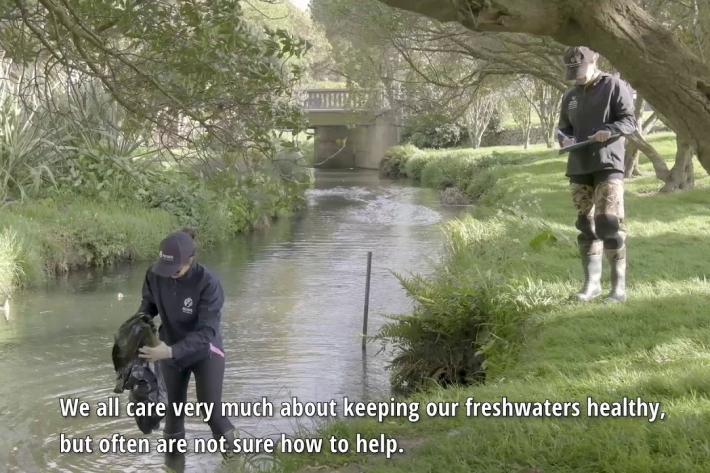
Overview of SHMAK
How healthy is your stream? SHMAK—the New Zealand Stream Health Monitoring and Assessment Kit—has been designed to help you find out. -
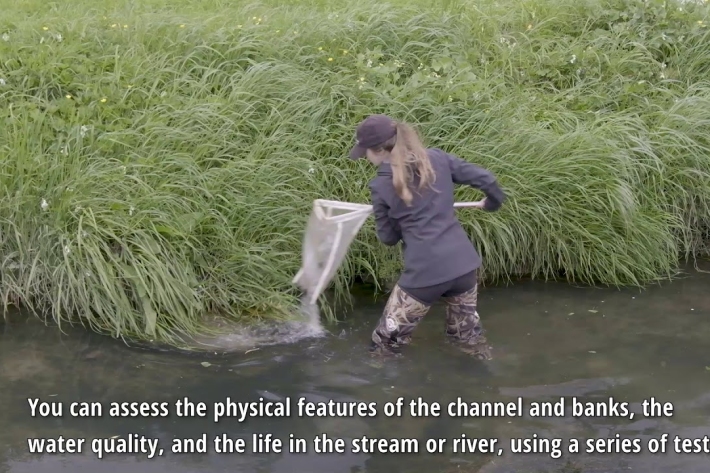
Introduction to SHMAK
Most of us are visual learners. So we’ve created some short videos that demonstrate the methods outlined in SHMAK. -
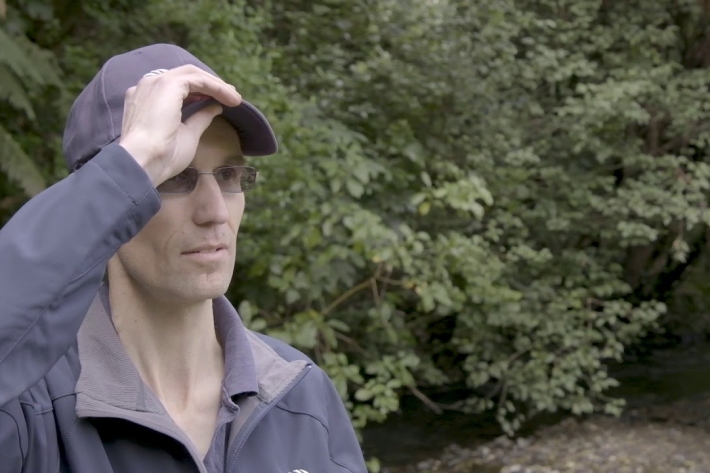
Health and safety in the field
Health and safety is the most important element of any activity. Watch this video before you go out into the field. -
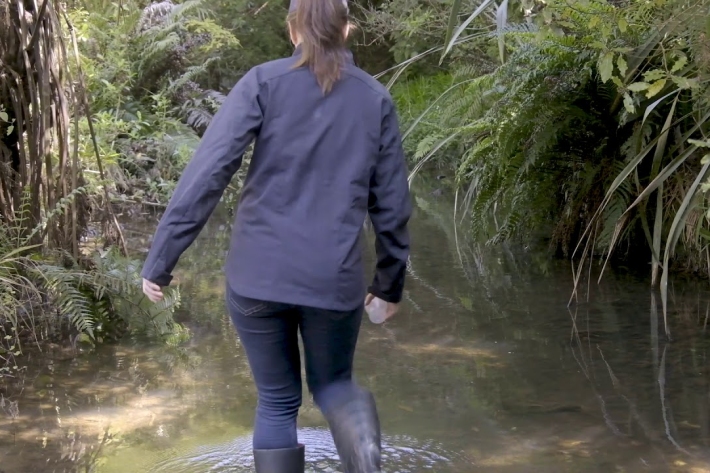
Stream site assessment
SHMAK Stream Site Assessment - How to record some basic information about your stream site so you can interpret your results. -
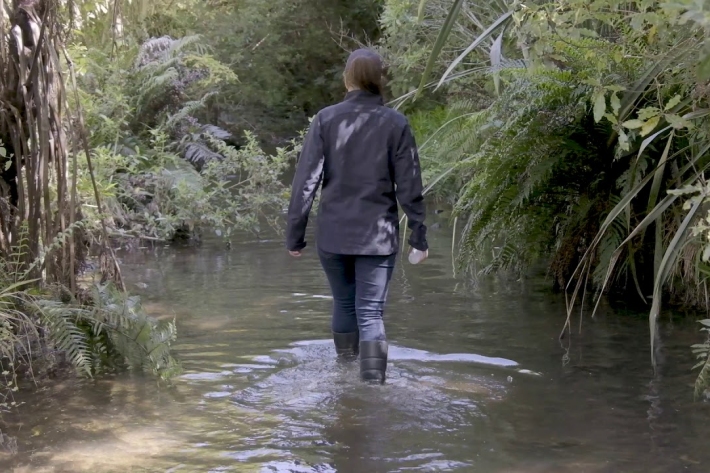
Setting up your site
The various assessments in SHMAK are done over different lengths (reaches) of stream. Mark out the longest reach first, then shorter reaches. -

What is included in SHMAK
SHMAK is available as a standard kit and SHMAK Plus. Here we explain what is included in the kit and what extras you need to purchase on your own. -
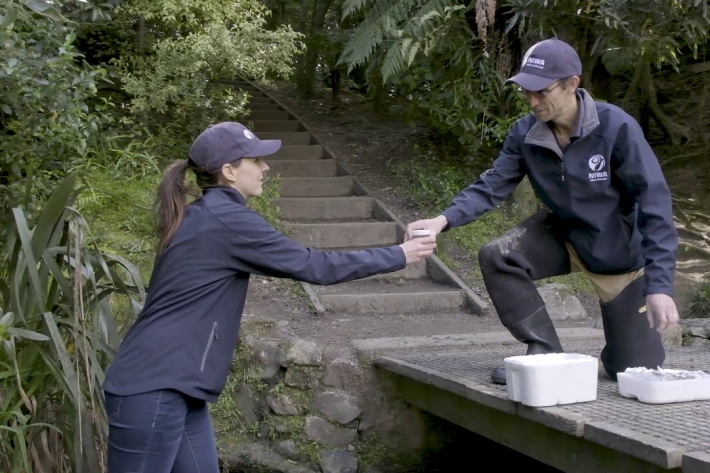
How to collect a water sample
Some SHMAK tests require you to collect a water sample. You can use SHMAK to test some parameters, alternatively the water sample can be sent to a lab for analysis. -
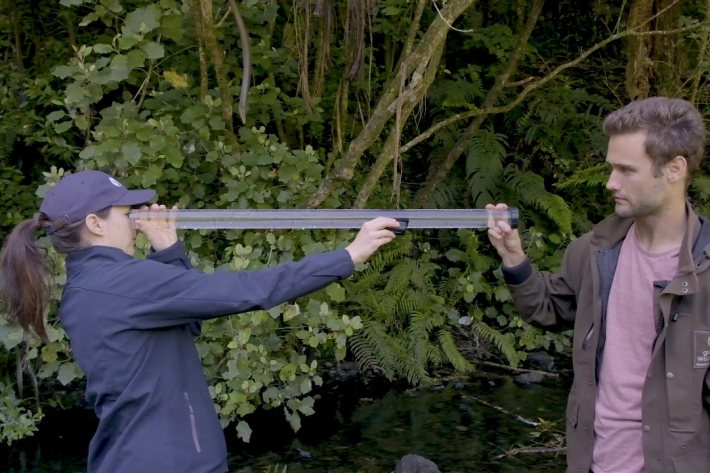
SHMAK water quality – visual clarity
There are two methods to determine visual clarity in SHMAK; the clarity tube (or SHMAK tube) and the black disc method. -
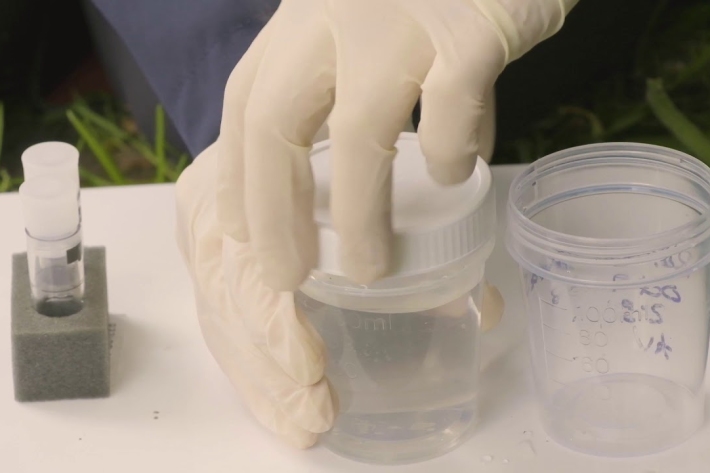
SHMAK water quality – nitrate
The nitrate test included in SHMAK is a colorimetric test. You can order additional test kits from NIWA. -
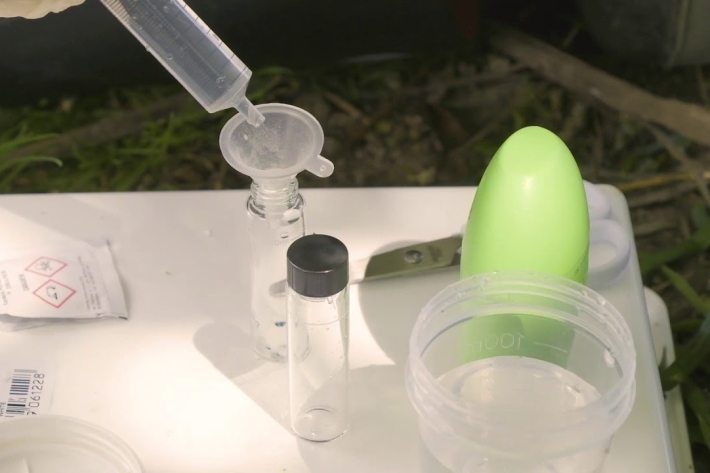
SHMAK water quality – phosphate
Phosphate is measured in SHMAK using the Hanna Instruments Phosphate Checker. -
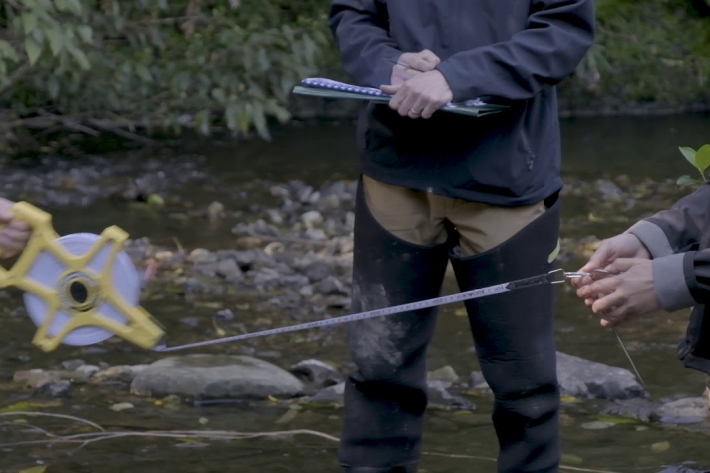
SHMAK stream life – periphyton
How you can assess the types and amount of periphyton: communities of algae and cyanobacteria attached to the sediment surface or plants. -

SHMAK stream life – macrophytes
Macrophytes are large aquatic plants. How to assess macrophyte cover with just a measuring tape and a willingness to get wet.
